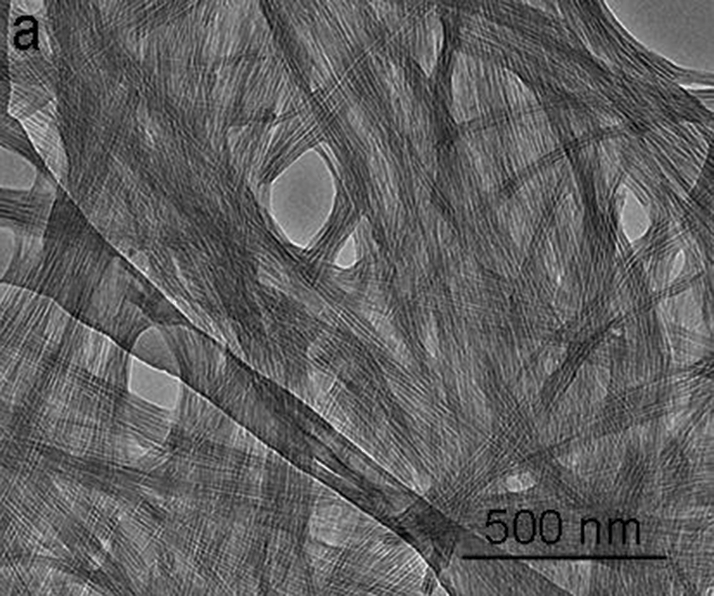
Detecting meat spoilage can be a headache for manufacturers and restaurateurs. Microbial enzymes decarboxylate the amino acids in rotting meat to form biogenic amines (BAs), partly responsible for the offensive odor. But for those working with large batches, a simple sniff won’t suffice.
Laboratory tests to detect the presence of BAs, such as chromatography and capillary electrophoresis, typically require specialized instrumentation, operated by highly-trained personnel. The researchers from the Key Laboratory of Photochemistry at the Chinese Academy of Sciences, saw the need for a simple, rapid and portable way to detect the BAs produced by spoiled meat (1). Previous studies have showed that electronic sensors employing functionalized carbon nanotubes met that criteria, but could only produce a fluorescence quantum yield of less than 25 percent – too low for practical use. To overcome this problem, the researchers assembled nanotubes from chiral asymmetric perylene diimide molecules (PDIs). “PDIs are a typical and critical class of n-type organic semiconductor that have never been controllably constructed into nanotubes – despite the occasional formation of tubular structures in some kinetic systems,” said Yanke Che, co-author of the study. “We set out to address this challenge.” The researchers found that the nanotubes produced from chiral PDI molecules had a highly emissive fluorescence yield – greater than 46 percent. The authors next envisioned that the combination of high emission efficiency and the nanotubes’ intrinsic hollow structures – which favor the diffusion of analytes into sensory materials – would greatly enhance the sensitivity of the nanotubes to amines compared to other PDI nanostructures. When the researchers noticed that electronic sensors used in previous studies couldn’t respond to meat spoilage within one day, they decided to put their nanotubes to the test. The team sealed samples of beef, chicken, pork, fish and shrimp in containers for up to four days. When they exposed the nanotubes to the vapor emitted by the samples, it reacted in under an hour, fast enough to be used as real-time test of meat freshness. The researchers have now developed new achiral nanotubes, which are much easier and cheaper to synthesize, but still have similar molecular organization, optical properties, and sensitivity to the biogenic amines. The team is now looking to commercialize the new achiral nanotube technology for restaurateurs, food manufactures and for use in customs.
References
- Y. Hu et al., “Detection of amines with fluorescent nanotubes: applications in the assessment of meat spoilage”, ACS Sensors (2015). DOI: 10.1021/acssensors.5b00040




